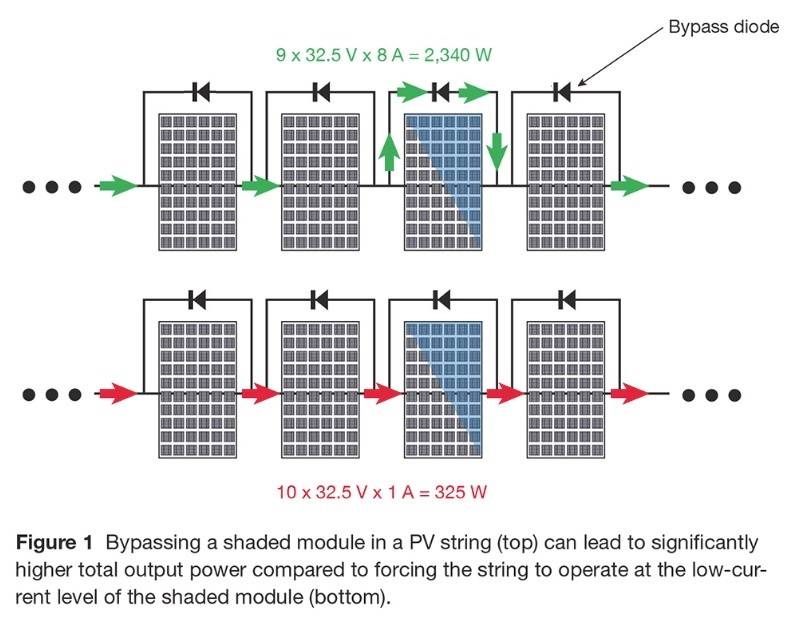dreadlocks
Well-known member
Rode nice and solid over Monarch Pass twice, no problem.. and we needed all the solar this last weekend.
Used >2kWh Friday and Saturday, was one of my son's birthday so we had a lil party and used the ice maker a bunch during the day when the battery was charged, but once the sun stopped charging on Friday we ran the microwave a few times, had the radio going, had a crockpot running on high, I tuned the LP pressure for the Propex furnace so it'd run right and that involved a ton of testing and running, then that night I charged up the laptop and all the electronics while I ran only the propex w/no wave heater to offset the power needs because I wanted to test if it'd fault.. I woke up to 20.4% SOC, just before the cutoff at 20%.. so I figured I'd fire up the generator real quick to make my coffee and add some amps back in but come to find my generator which just got out of the shop for a few recalls and I never tested would not start.. I really needed my coffee so I hit the reserve battery over-ride and when I was fully awake the battery was at 14% SOC.
With solar alone and my backup out of commission, by 11am I had it back up to 40% SOC and I knew where to put the portable panel so it'd be in the sun all day, thankfully we had a really good site for solar, we fired up the crockpot on low for day 2 of slow cooking our pork and went out for 5h of trail driving, came back at 4pm to a full battery and the solar feeding max 30A.
So 86AH overnight use, fully replenished + cooking food with my two panels and good sunshine.. Now to get that 2nd 30A SmartSolar and wire up both panels independently, with em both on the same charger its obvious that one is almost always cutting out the other unless they are both seeing identical lighting conditions.. should really increase performance when the sun is not being as cooperative as it was this weekend.

I also managed to get the Propex to run all night long, took a lot of trial and error but after everything else failed tuning it onsite was the only way.. I think I may add my own pressure gauge to this just to make on the fly tuning in the field a lot easier than shooting in the dark.
Ice maker was totally awesome, using the extra solar power to make ice.. doggos got ice, kiddos drank more water, temps were hot and humidity was below 14% (where my gauge stops reading) extra went to filling up my dad's cooler.
Used >2kWh Friday and Saturday, was one of my son's birthday so we had a lil party and used the ice maker a bunch during the day when the battery was charged, but once the sun stopped charging on Friday we ran the microwave a few times, had the radio going, had a crockpot running on high, I tuned the LP pressure for the Propex furnace so it'd run right and that involved a ton of testing and running, then that night I charged up the laptop and all the electronics while I ran only the propex w/no wave heater to offset the power needs because I wanted to test if it'd fault.. I woke up to 20.4% SOC, just before the cutoff at 20%.. so I figured I'd fire up the generator real quick to make my coffee and add some amps back in but come to find my generator which just got out of the shop for a few recalls and I never tested would not start.. I really needed my coffee so I hit the reserve battery over-ride and when I was fully awake the battery was at 14% SOC.
With solar alone and my backup out of commission, by 11am I had it back up to 40% SOC and I knew where to put the portable panel so it'd be in the sun all day, thankfully we had a really good site for solar, we fired up the crockpot on low for day 2 of slow cooking our pork and went out for 5h of trail driving, came back at 4pm to a full battery and the solar feeding max 30A.
So 86AH overnight use, fully replenished + cooking food with my two panels and good sunshine.. Now to get that 2nd 30A SmartSolar and wire up both panels independently, with em both on the same charger its obvious that one is almost always cutting out the other unless they are both seeing identical lighting conditions.. should really increase performance when the sun is not being as cooperative as it was this weekend.

I also managed to get the Propex to run all night long, took a lot of trial and error but after everything else failed tuning it onsite was the only way.. I think I may add my own pressure gauge to this just to make on the fly tuning in the field a lot easier than shooting in the dark.
Ice maker was totally awesome, using the extra solar power to make ice.. doggos got ice, kiddos drank more water, temps were hot and humidity was below 14% (where my gauge stops reading) extra went to filling up my dad's cooler.

